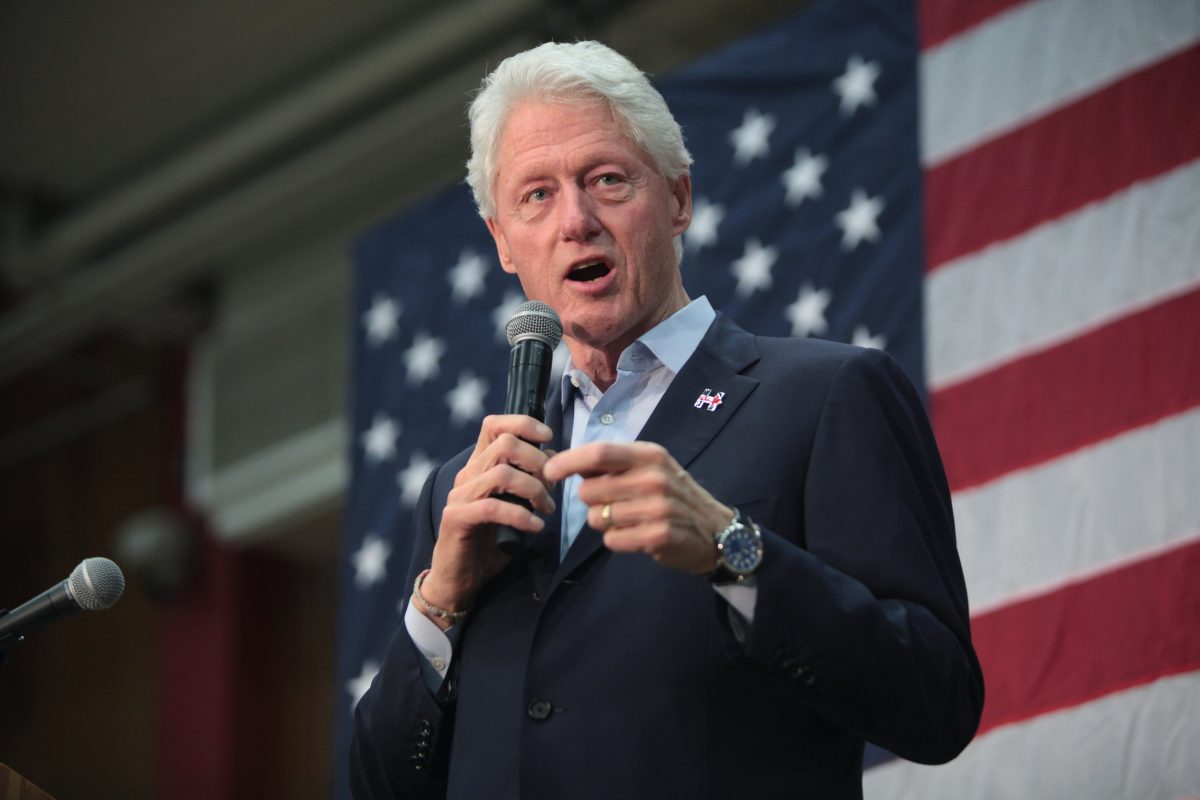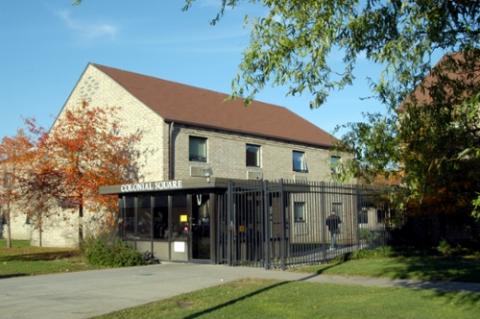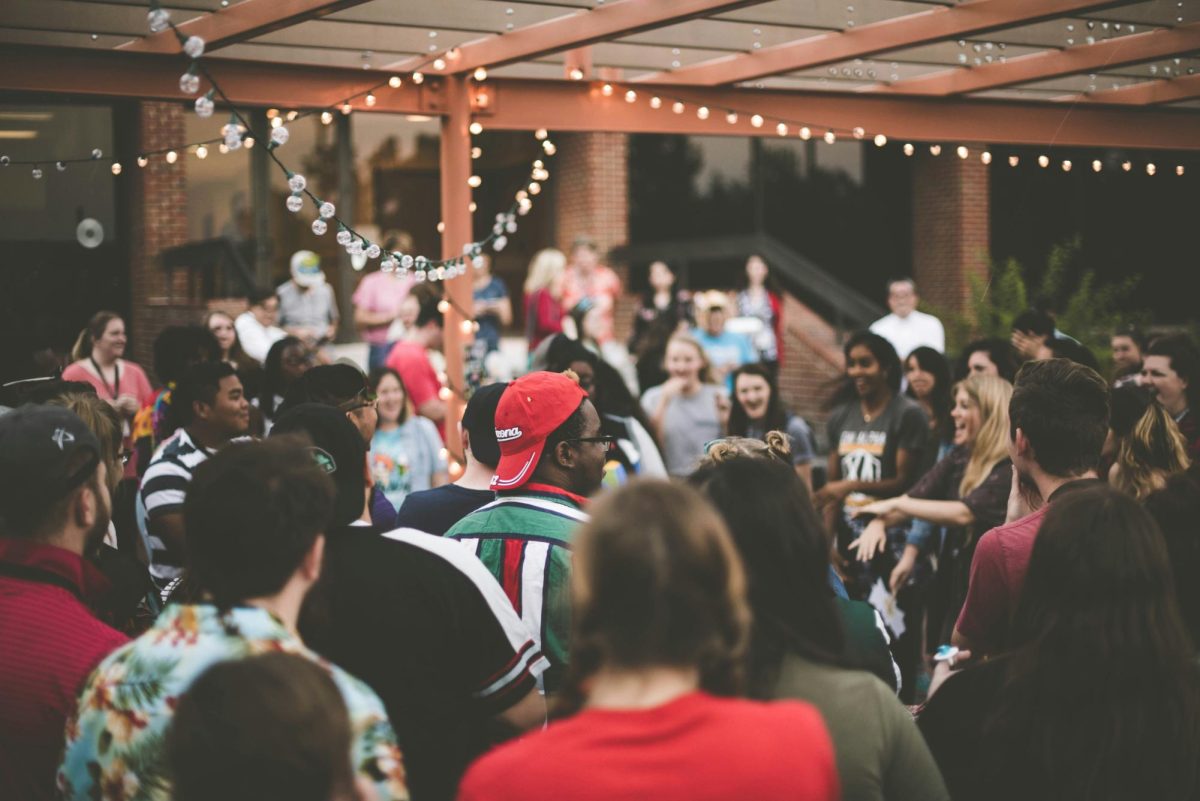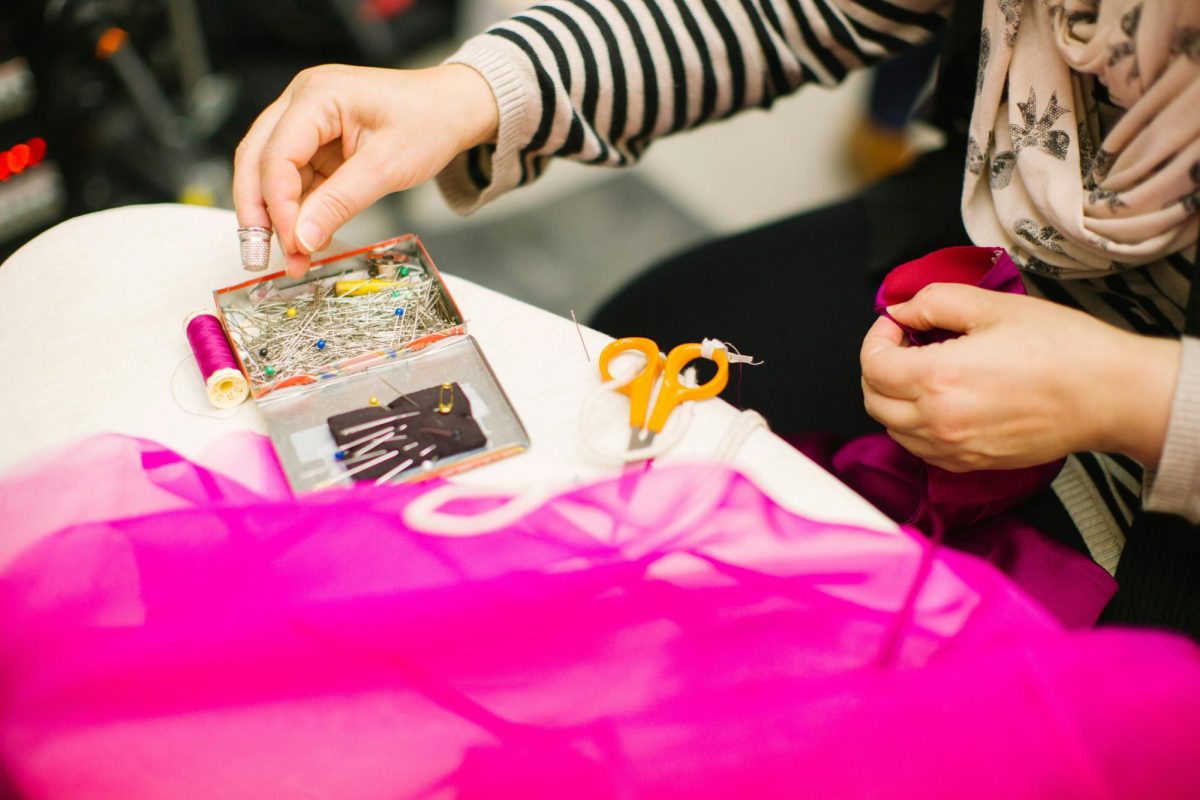The 2020 Democratic primaries have been plagued by one word: electability.
Joe Biden leads the pack in “electability” among 2020 Democratic presidential candidates in every major poll, but what he wants doesn’t reflect what the American people want. Biden is half-invested in fighting climate change despite the fact that 56% of American adults think protecting the environment should be a priority, according to the Pew Research Center. Biden doesn’t see single-payer health care as a viable policy option even though the Kaiser Family Foundation found that more Americans are for single-payer health care than are against it. So why do people say he is more “electable?”
Easy. He is a straight, white, cisgender man with inoffensive centrist policies.
Electability is coded language to make our country’s fear of minorities and distrust of women more acceptable to talk about. It takes the burden off of the individual, so they don’t have to say that they don’t feel comfortable with a woman in the White House. Instead, they say, “America isn’t ready for it.” Moreover, people won’t have to say they can’t see themselves voting for a black candidate; they can just say, “A black candidate can’t beat Trump. America is just too racist.”
People will talk at length about what is considered electable, but the common thread is always mild-mannered, older white men who don’t push for anything left-of-center. The definition of “electable” almost always leaves out people of color and women and is often weaponized against them. The problem with this narrative of electability is that it shifts the blame from one’s own prejudice toward minorities and universalizes it as an American problem, with Middle Americans — those in the country’s heartland, usually thought to be middle class, white and Christian — being the scapegoat for these politicians’ supposed lack of electability.
When people talk about who Americans are “ready for,” they are usually talking about Middle Americans. Middle Americans are the Americans who are painted as unwilling to vote for non-white or non-male candidates, who are resistant to change and who make up a frustrated white middle class. Trump dominated Middle America in the 2016 election, and this caused many to fall deeper into the narrative of the racist Midwest. However, while prejudice does exist in these areas, it also exists across this country. Bigotry is not unique to the American heartland.
Almost 700 counties voted for Barack Obama twice across America, and a third of those backed Donald Trump in 2016. Similarly, Obama’s 2012 opponent Mitt Romney only won in the Midwest by 12 percentage points, whereas in 2016, Trump led the region by 29 points. The problem isn’t that Middle America can’t get on board with a Democrat unless we hand them an old white man with a recognizable name; it’s that we need a candidate who will meet these Americans where they are and talk to them honestly about what progressive policy can do. They aren’t stupid racists who will vote blindly for Trump again, but they’re not going to vote for candidates that ignore them either. They’re not going to vote for a calm, old man because he isn’t Trump; they’re going to vote for the people who talk to them about the issues that affect them. Americans everywhere are interested in single-payer health care. Americans everywhere have concerns about climate change. So, let’s give them a candidate who cares enough to talk about these issues.
It’s time to be more honest about who Americans are willing to vote for. It’s time to stop giving Middle America over to Trump without a fight. It’s time to recognize that black candidates ARE electable, that women ARE electable, and that we’re not going to change this “coastal elite” image of the Democratic Party if we don’t give up our old notions of electability and show the country what young, diverse and progressive candidates can do for them.







